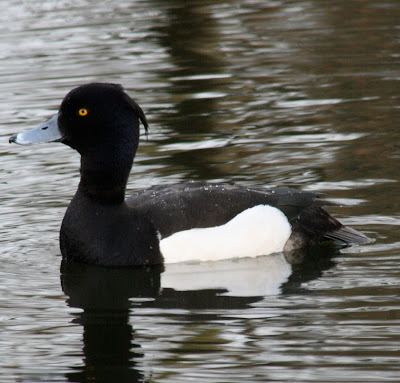 |
| Dave - Dukes Island Studios |
 These pictures were taken yesterday while I was filming with Dave and Nugget. Obviously this picture was not taken in the wild but I have decided to post on donkeys as I knew very little about them and they are very interesting. The first domesticated donkeys we know of were used in ancient Egypt over 5000 years ago. Donkeys, like horses and zebras are part of the Equus genus, of which there are many different species. In the wild donkeys may be found in north African desert often living a fairly solitary existence, this make their very loud call/bray and their disproportionately large ears very useful for locating one another. There is a lot to learn about donkeys but this post could not be made without mention of their famed stubbornness. To me this is rooted in intelligence and their sense of self-preservation. Donkeys are one of the ‘beasts of burden’, they may carry up to between 30 or 40% of their own body weight and have powerful digestive systems that enable them to eat plants and foods that me of little use to other grazing animals. There is thought to be approaching 50 million donkeys worldwide with China playing home to upward of 11 million. I could write pages about donkeys, they have a very rich and lengthy history even beyond their relationship with Man. There are numerous references to donkeys in every one of the world's main religions and they still play a large part in societies all over the world.
These pictures were taken yesterday while I was filming with Dave and Nugget. Obviously this picture was not taken in the wild but I have decided to post on donkeys as I knew very little about them and they are very interesting. The first domesticated donkeys we know of were used in ancient Egypt over 5000 years ago. Donkeys, like horses and zebras are part of the Equus genus, of which there are many different species. In the wild donkeys may be found in north African desert often living a fairly solitary existence, this make their very loud call/bray and their disproportionately large ears very useful for locating one another. There is a lot to learn about donkeys but this post could not be made without mention of their famed stubbornness. To me this is rooted in intelligence and their sense of self-preservation. Donkeys are one of the ‘beasts of burden’, they may carry up to between 30 or 40% of their own body weight and have powerful digestive systems that enable them to eat plants and foods that me of little use to other grazing animals. There is thought to be approaching 50 million donkeys worldwide with China playing home to upward of 11 million. I could write pages about donkeys, they have a very rich and lengthy history even beyond their relationship with Man. There are numerous references to donkeys in every one of the world's main religions and they still play a large part in societies all over the world.Many thanks to Kidsrome mobile farm for introducing me to Dave and Nugget.
































